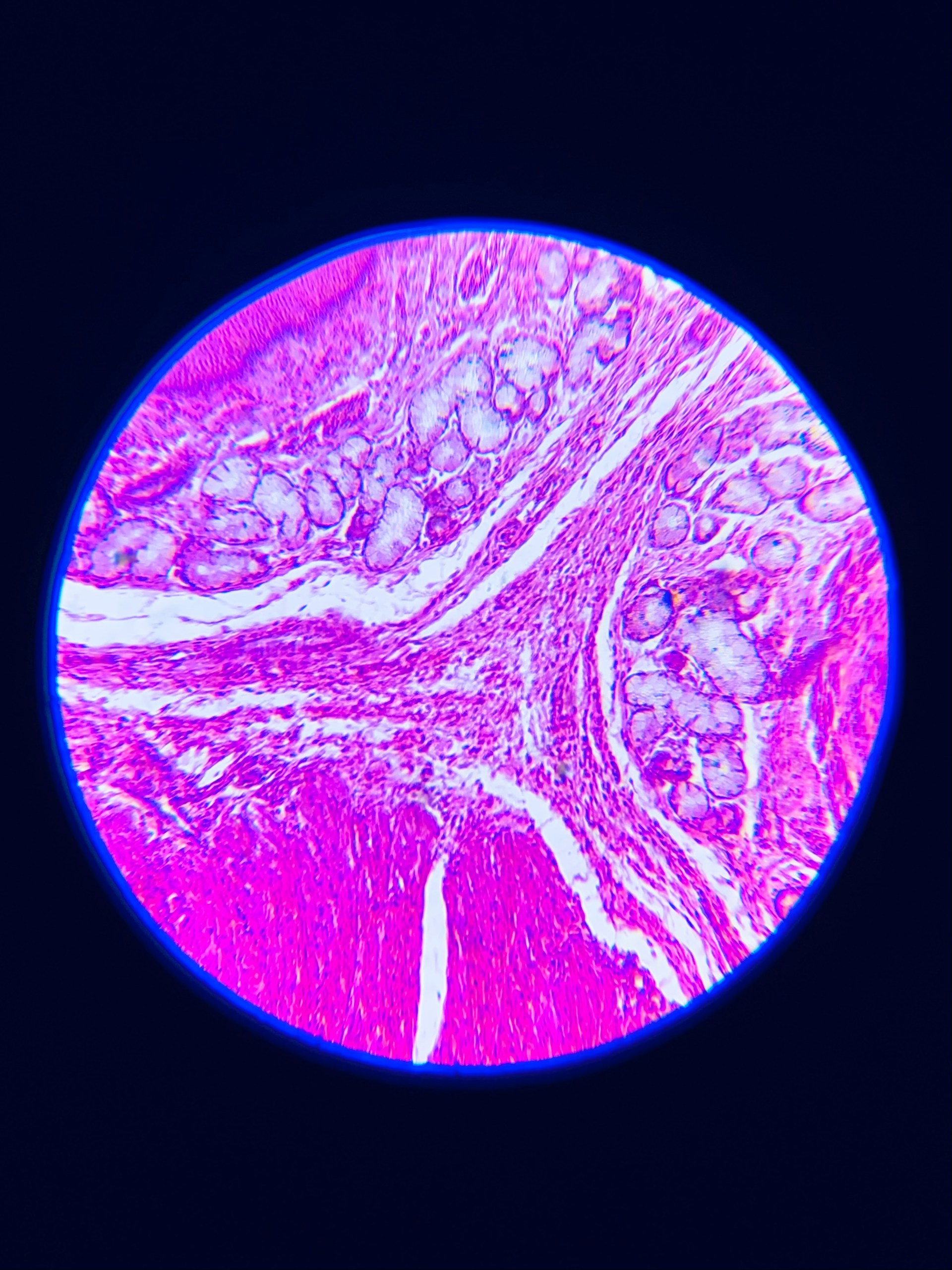Epithelioid Mesothelioma is the most common and treatable histological subtype of malignant mesothelioma, a rare and aggressive cancer primarily caused by long-term asbestos exposure. It accounts for approximately 70% of all mesothelioma cases and originates from the epithelial cells lining the pleura (lungs), peritoneum (abdomen), pericardium (heart), or tunica vaginalis (testes).
Epithelioid mesothelioma is characterized by uniform, cube-like tumor cells that tend to form cohesive clusters, making it more responsive to conventional treatments such as surgery, chemotherapy, radiation therapy, and immunotherapy. Its slower growth rate and less invasive nature compared to biphasic or sarcomatoid mesothelioma often result in better prognoses and longer survival rates.
Diagnosis typically involves imaging (CT, MRI, PET scans) followed by a tissue biopsy, where pathologists identify the cell type using immunohistochemical markers such as calretinin, cytokeratin 5/6, and WT1. Accurate identification of the epithelioid subtype is critical for staging and treatment planning.
While it offers a better outlook than other mesothelioma types, epithelioid mesothelioma remains incurable, and early detection is key to improving patient outcomes.
